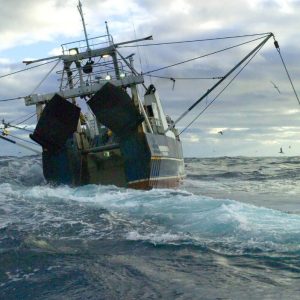Addressing wastage was a big issue during our 2013 SOS Save Our Snapper campaign. LegaSea is concerned that proposed new measures have done little to reduce the unnecessary waste caused by trawling inshore. But who knows?
The Ministry for Primary Industries is stonewalling requests for data from trials that measure how much fish is being killed in the process of commercial fishing.
Recent trials using new net technology is producing masses of data, but none of that is available for public scrutiny despite $26 million of taxpayer investment. Both Ministry and industry remain tight-lipped when this information is repeatedly requested.
This behaviour is not new.
In 1994 recreational advocates were made aware the Ministry had commissioned research into juvenile snapper mortality caused by commercial fishing. That year requests for the research results were requested and refused on least three occasions.
A formal request for the data was submitted on 30 August 1994 and just a day later the Ministry refused its release. The Ministry suggested an application had been made to the High Court for orders prohibiting the release of the report, so any decision would have to wait for completion of the Court process.
Last year it was apparent that the level of wastage associated with commercial fishing, particularly bulk harvesting methods such as trawling and Danish seining inshore, was impacting on snapper yield. So another request was made to Ministry for the release of the 1994 trawl mortality report.
That request was submitted in July 2013 and Ministry had 20 working days to respond. On day 20 the Ministry advised they needed more time to search for the report and they would reply by 18 September.
A week after that deadline Ministry again wrote refusing to release the report as it could not be found in their records. Instead, they provided an excerpt from a 1994 note to the Minister discussing snapper mortality in the Hauraki Gulf.
In May this year our legal counsel submitted another Official Information Act request for the snapper mortality research results. Close to the 20-day deadline Ministry advised they would not be able to respond in time, and advised a new delivery date of 30 June.
What follows next is good news and bad.
On 24 June the Ministry provided us with good news. The 1994 snapper mortality report had been located. The bad news is that they were unclear if the report was (ever) subject to a Court order, so they could not release the research results until a thorough records search had been completed.
We await further correspondence with unreserved interest.
This article was originally published in the New Zealand Fishing News magazine, September 2014.





